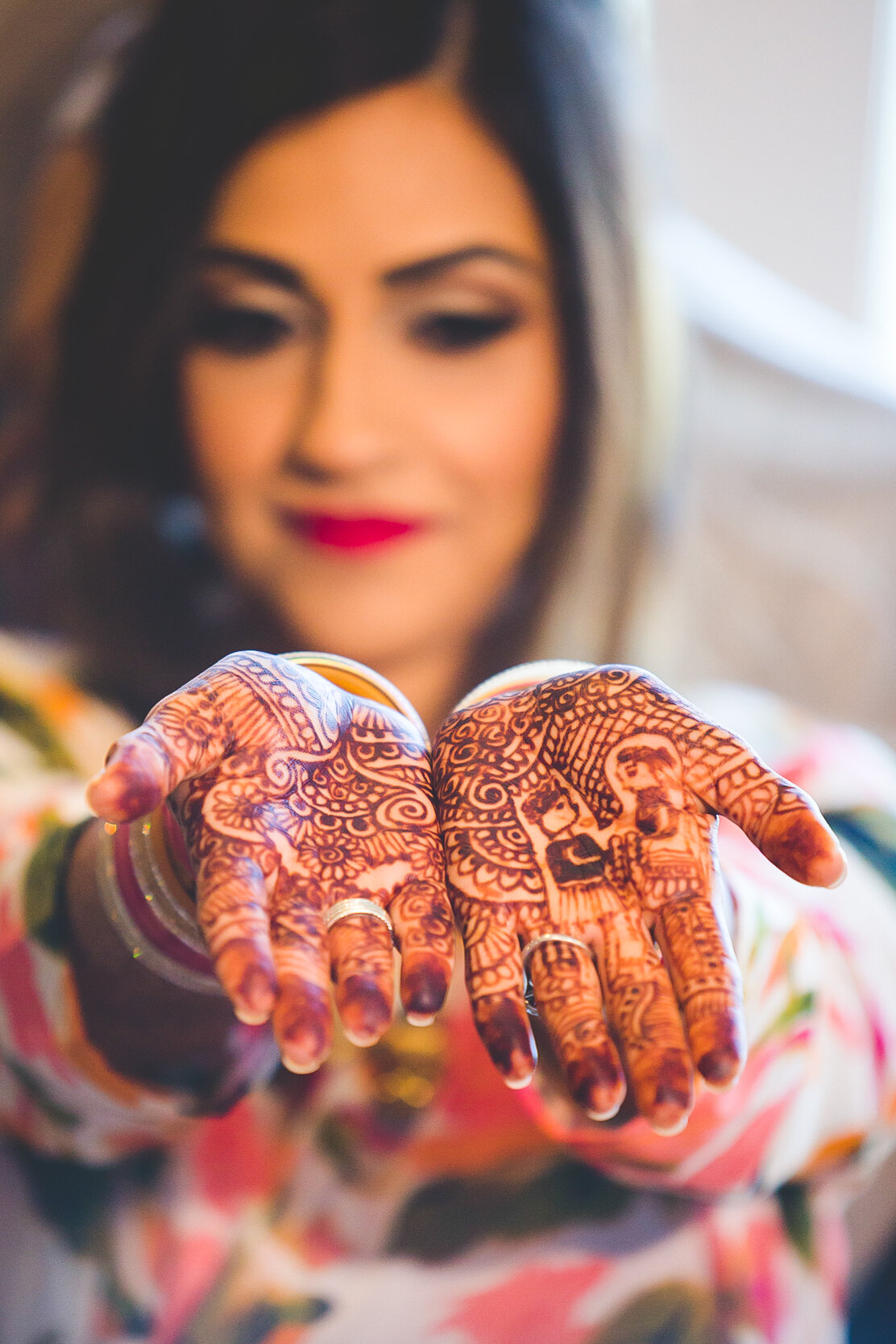
Maloos Khonsarian
Wedding in Other Cultures
Chicago is beautifully Diverse!
The Chicago Metropolitan area ranked 10th among the most diverse cities in the country. Based on a recent study, many factors have been taken into consideration: Socioeconomic, Cultural, and Religious!
The Diversity Overall Rank is 10 in Chicago, IL
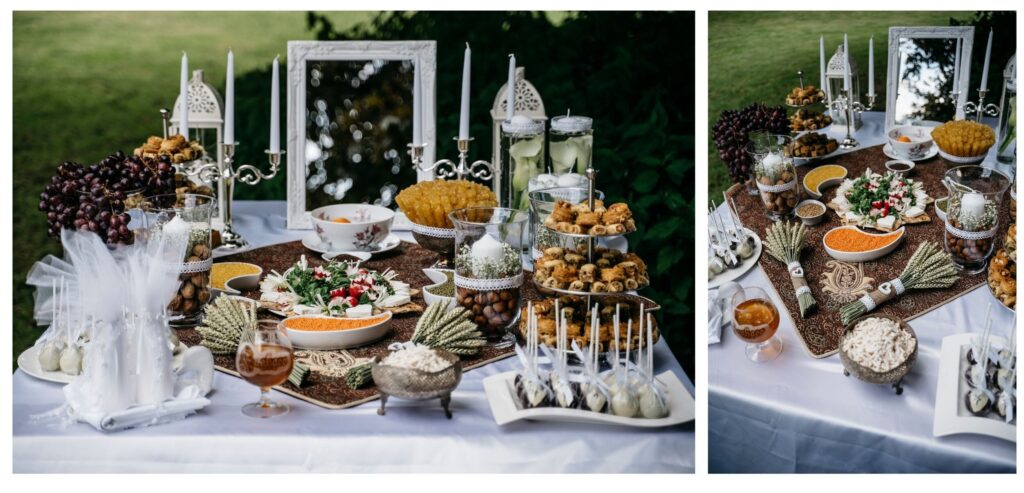
While I may not hold degrees in sociology or anthropology, my career as a wedding photographer has gifted me with the chance to immerse myself in various cultures and traditions, often uncovering the captivating stories behind them.
It’s remarkable how much I’ve learned about different peoples and customs without ever venturing beyond my own town! Talk about fortunate, right?
In broad strokes, I typically divide the wedding day into five key segments:
- Getting Ready: This marks the exhilarating moment when the bride and groom slip into their wedding finery, preparing for what may be the most significant day of their lives.
- First Look: Ah, the magical instant when the groom catches his first glimpse of his bride in all her bridal glory.
- The Ceremony: Here, amidst the solemnity and grandeur, the couple formally pledges their love and commitment, officially transitioning into the hallowed realm of husband and wife.
- Portrait Pictures: This segment is all about capturing those timeless, aesthetic images—perfect for adorning the walls of their home for years to come.
- Reception: The pièce de résistance! It’s time for dinner, cake cutting, heartfelt speeches from cherished family and friends, and, of course, letting loose on the dance floor!
First dance tips for the bride and groom
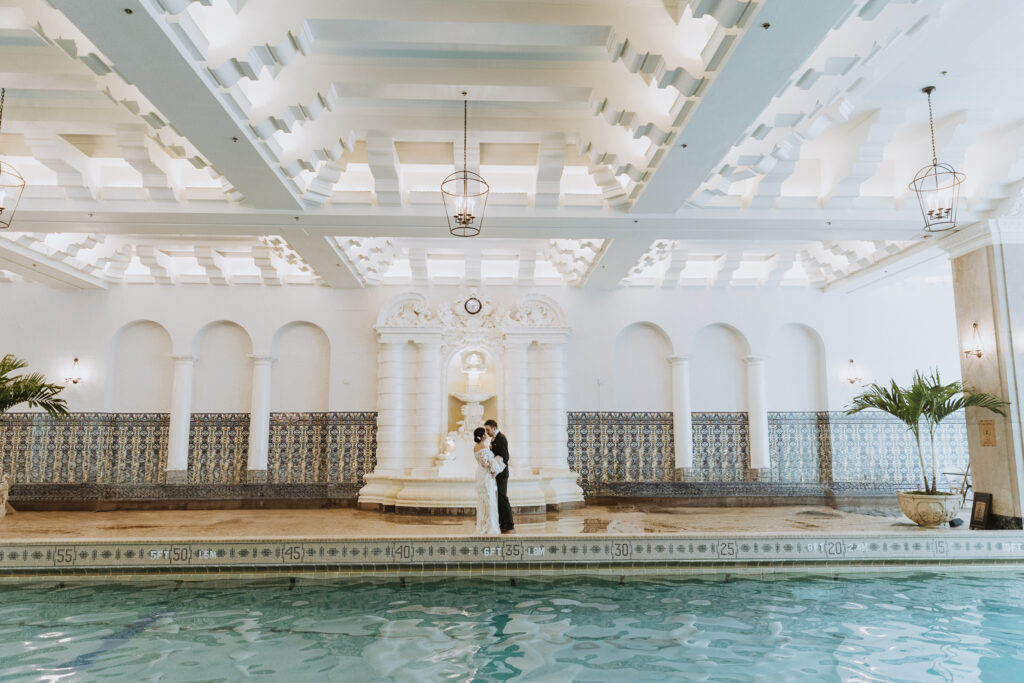
Cultural differences in wedding ceremonies
These segments, each brimming with their own unique energy and significance, come together to craft the tapestry of a wedding day—one that I am privileged to witness and immortalize through my lens.
From what I’ve gleaned, it seems that Eastern countries tend to have a richer tapestry of wedding traditions, often with fascinating stories behind each symbolic action.
Irrespective of the cultural background of the bride and groom, a wedding photographer’s duty is to capture every moment of the day—from dawn till dusk. That’s precisely what you can expect when you enlist the services of a top-tier Wedding Photographer in Chicago.
In my pre-wedding questionnaire, I make it a point to inquire whether the soon-to-be-wed couple plans to incorporate any special traditions into their day. This foresight allows for meticulous planning and ensures that no meaningful moment goes undocumented. Despite having shot hundreds of weddings and thus being well-versed in many cultural traditions, I still value gathering precise details and information from my clients. After all, even the most seasoned wedding photographer in Chicago can benefit from thorough preparation and clear communication.
Allow me to share some insights gleaned from the diverse array of weddings I’ve had the privilege to photograph, spanning various cultures and ethnicities.
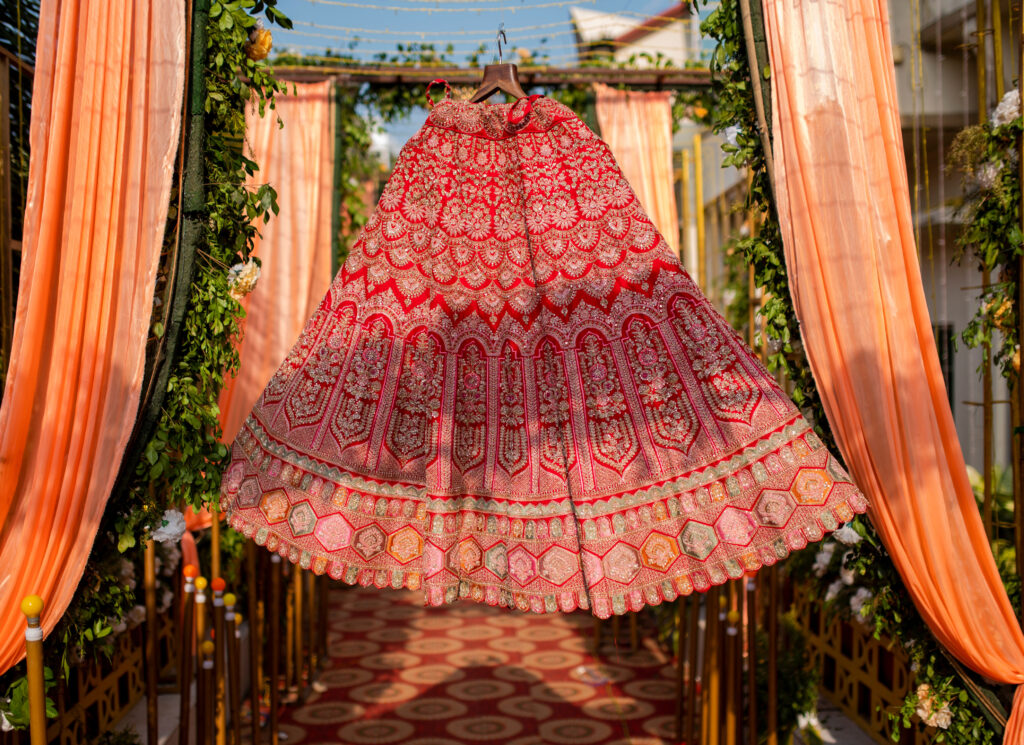
wedding dress in other cultures
While white may reign as the quintessential color for wedding dresses in many cultures, it’s fascinating to note that this isn’t the case everywhere. In cultures such as Indian, Nigerian, Peruvian, or Korean, wedding attire showcases a kaleidoscope of hues.
Take, for instance, the Indian wedding dress, resplendent in vibrant reds, and intricately embellished with opulent fabrics and jewels. Nigerian brides often opt for dresses in eye-catching shades like sunny yellow or vibrant orange, adding a burst of color to their celebrations.
getting ready for wedding in other cultures
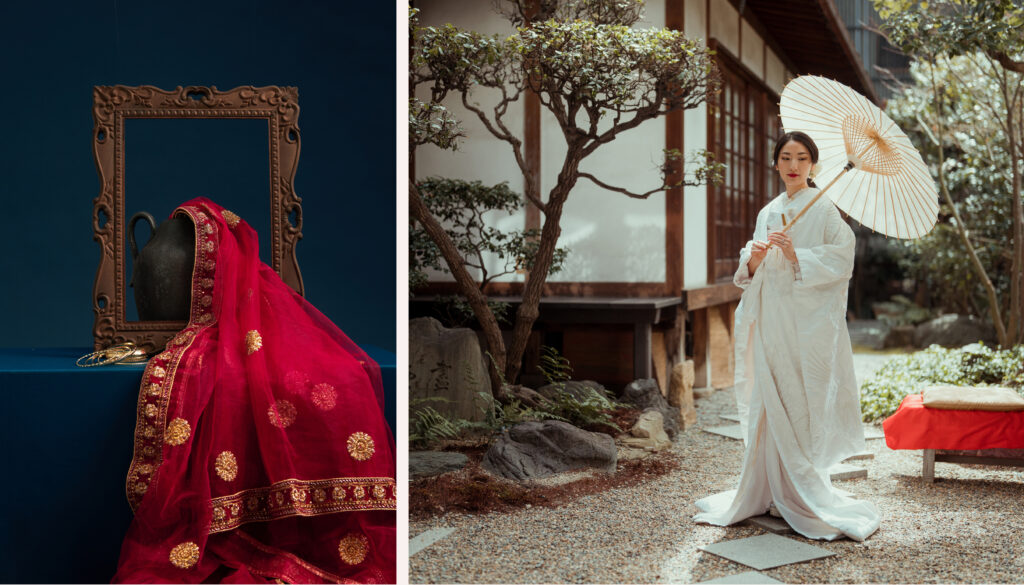
In certain Asian cultures, preparations for the big day often commence well in advance.
For example, the bride-to-be may engage in a traditional Henna Ceremony, typically held a day before the wedding. During this ceremonial event, the entire bridal party comes together to adorn their hands and feet with intricate henna designs, symbolizing beauty, good luck, and the joyous occasion to come.
How to get amazing getting ready photos in your wedding
First Look
The First Look—ah, one of the most cherished moments of the day! It’s a whirlwind of emotions, and as a wedding photographer in Chicago, I relish every single second of it. To me, the mark of a top-notch wedding photographer is their keen eye for the subtle nuances of each culture.
Curious about the First Look tradition? This article may be of interest to you:
First Look Photos – Should You Go For It?
In many cultures, there’s a certain mystique surrounding the moment when the groom lays eyes on his bride for the first time.
In traditional Western weddings, this happens as she glides down the aisle in her bridal gown. However, some couples opt to steal a private moment before the ceremony, allowing them to express their emotions freely away from prying eyes.
In Indian weddings, a silk divider separates the bride and groom until they’re officially pronounced husband and wife. Once the ceremony concludes, they remove the divider, setting eyes on each other for the very first time as newlyweds.
Meanwhile, in Persian weddings, the bride retains her veil until the moment of revelation. It’s the groom’s privilege to lift the veil, unveiling his beloved right after they exchange vows.
Different ceremonies in the wedding of the nations

Ceremonies in other cultures offer a rich tapestry of traditions and customs, each adding its own unique flavor to the wedding day. As a seasoned wedding photographer, I’ve had the privilege of witnessing and capturing these diverse ceremonies, each one a testament to the beauty of cultural diversity.
The ceremony is often the heart of the wedding day, where the love and commitment between the bride and groom are solemnized. Here’s a glimpse into the rich tapestry of ceremonies I’ve encountered:
Some ceremonies are short and sweet, while others are elaborate affairs that unfold over hours. During the ceremony, the bride and groom may stand, kneel, or sit, depending on cultural traditions.
In Persian weddings, for example, a symbolic setup often stands before the couple. This setup, adorned with elements representing love, life, and unity, serves as a backdrop as the newlyweds exchange vows. It’s a poignant moment, made even more special by rituals such as the officiator asking the bride three times to confirm her “I DO,” symbolizing her role as the embodiment of tenderness in Persian culture.
In other cultures, ceremonies may take place under a canopy elaborately decorated with tapestries and flowers, as seen in Jewish or Indian weddings.
While some ceremonies begin and end in silence, others burst into joyous celebration the moment the couple is pronounced husband and wife. Traditional music fills the air, and guests may even join in the festivities with dance.
As the newlyweds make their exit, customs vary. In Western weddings, it’s common for guests to shower the couple with flowers or blow bubbles, symbolizing good wishes for their future. Middle Eastern cultures are different, small comfits are thrown onto the bride and groom’s heads, symbolizing sweetness in their married life.
In Persian weddings, the couple shares a sweet moment by exchanging honey, while Polish couples symbolize blessings by feeding each other bread and salt.
And let’s not forget the Unity Braid ceremony or “God’s knot,” a beloved tradition in Western weddings. This ritual symbolizes the union of one man, one woman, and God in marriage, adding a deeply spiritual dimension to the ceremony.
With each ceremony, whether steeped in tradition or infused with modern touches, love and commitment take center stage, transcending cultural boundaries and celebrating the universal bond of marriage.
In Jewish weddings they break a glass or plate right after the ceremony, it demonstrates that marriage carries sorrow as well as joy and it also represents the commitment to stand by one another even in difficult times.
All being said, LOVE is unified in all weddings regardless of culture and ethnicity.
Differences in wedding reception and dances of different cultures
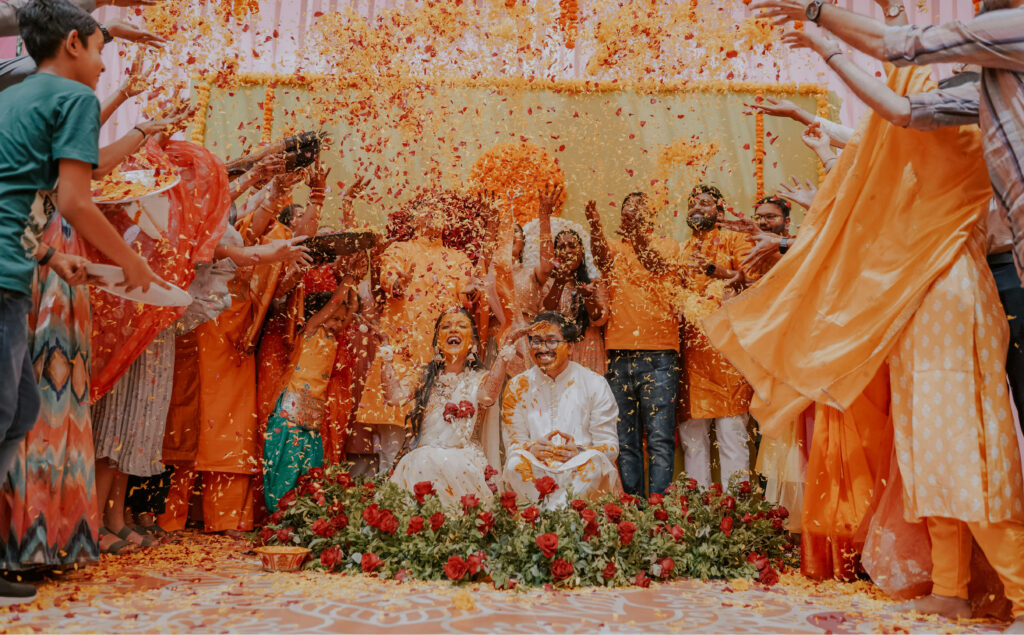
Let’s dive into the highlight of the day—the reception!
Following the ceremony, the reception takes center stage, often serving as the most memorable and distinctive segment of the wedding day across various cultures.
Music sets the tone, and each wedding boasts its own unique playlist, reflecting the couple’s tastes and cultural influences. But it’s not just the music that sets one reception apart from another; the cuisine plays a crucial role too, showcasing the flavors and traditions of the couple’s heritage.
Dance is the universal language of celebration, and it’s fascinating to see how different cultures express joy and happiness through movement. Whether it’s dancing in groups, as couples, in circles, or forming lines with hands on shoulders, each dance style reflects the distinctiveness of the people and their traditions.
First dance tips for the bride and groom
Take, for example, the Hora—a traditional dance performed at Jewish weddings. Here, the newlyweds are hoisted into the air as their loved ones dance joyously around them. It’s a moment of pure jubilation, with each twirl and spin symbolizing the couple’s union.
Even in weddings where religious customs dictate segregation between men and women, such as Jewish or Muslim ceremonies, the spirit of dance knows no bounds. Regardless of age, ethnicity, or belief, everyone comes together to celebrate, proving that joy transcends cultural divides.
A wedding photographer for all cultures
If you’re planning a traditional wedding and want to ensure every moment is captured with finesse and flair, I’d be honored to be a part of it. Drop me a line at maloos@maloosphotography.com, and let’s make your wedding day truly unforgettable!
Hi, I am Maloos; A Chicago wedding photographer, here to snap all the real, candid moments you didn’t even know were happening. My style? Documentary vibes, capturing the day as it unfolds—authentic, unscripted, and full of life. Let’s make some epic memories together!